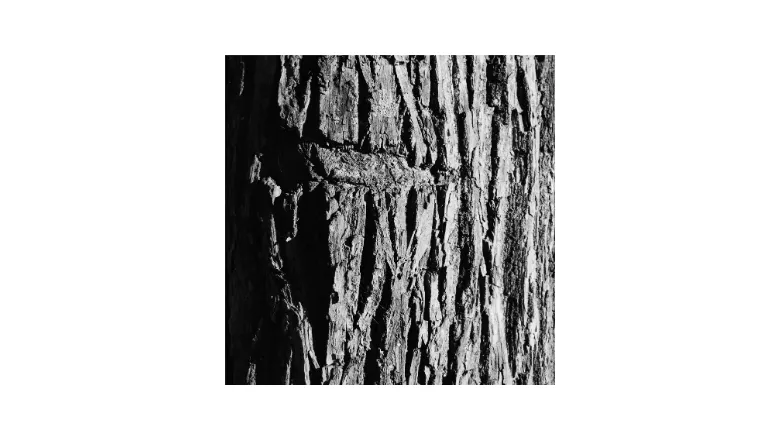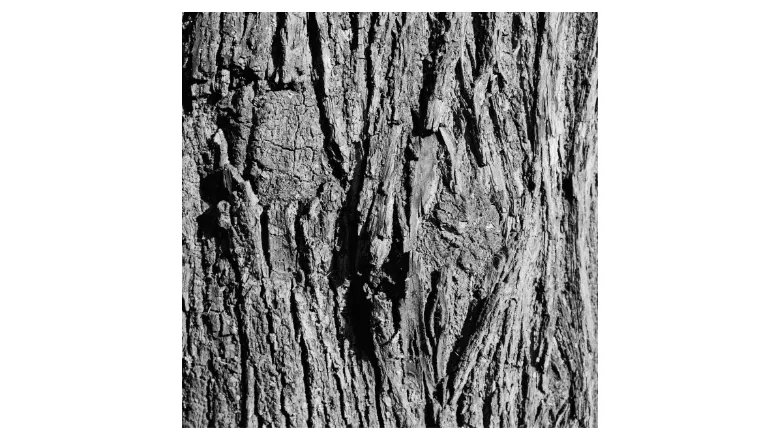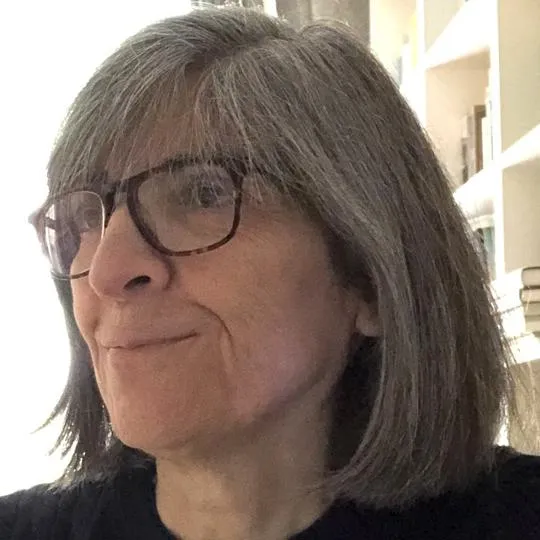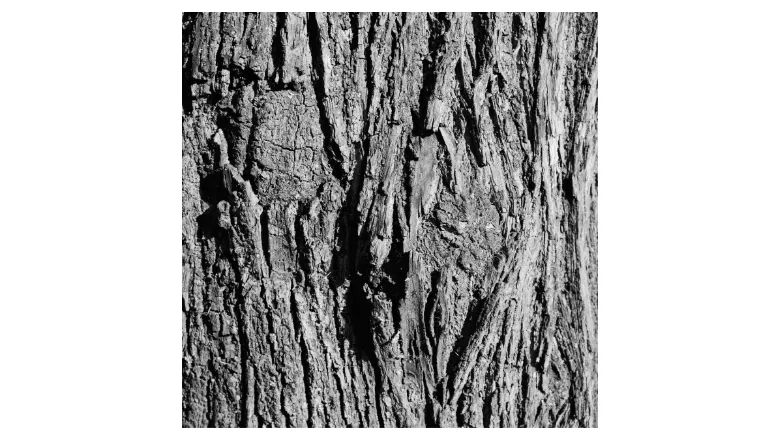Artist Corinne Silva and Curator Cécile Bourne-Farrell discuss 'The Score (You and I Both Know)', the exhibition presented in collaboration with Professor Vivienne Jabri from Department of War Studies and King's Culture.
Interview with Corinne Silva and Cécile Bourne-Farrell, January 2023
Cécile Bourne-Farrell: The Score (You and I Both Know) is the result of a long period of research you have been conducting in and around Sarajevo. This exhibition is an initiative of the Department of War Studies at King’s College London with my colleague Vivienne Jabri, Professor of International Politics in the Department of War Studies, and co-curator of this exhibition. Together, we believe art can alter the way we look at war and its aftermath.
Over three years the project evolved in different ways, partly due to the Covid interruption. Corinne, you had to adapt your approach and find your space for conceiving such a poetic and meaningful art project. I would like to ask if you can tell me more about the title The Score (You and I Both Know), as it might be the key to many levels of understanding of what you are presenting here?
Corinne Silva: When I first learned about the linden trees that marked Sarajevo’s former frontline, I was fascinated. I have always been interested in how landscapes are shaped by humans, especially in ways that are not always visible. These trees were human planted, and they have then been reshaped by circumstance. When I visited them, my first thought was to try to record systematically every single rupture that I could find on the surface of the tree bark made by the bullets and shrapnel as they entered. I began to think of each mark as a record or a score in the bark. So, the score has multiple meanings for me, one of which is keeping score, keeping a count.
I was also thinking of a musical score – these bullets and shrapnel become audible with a metal detector and this audio is incorporated into the soundscape you hear in the gallery. I think a lot about rhythm and pace in the way I work with photographs. I’m always considering them in relation to one another, how they unfold in a sequence, spacing, alignment, tempo. Here these photographs are placed in relation to the sound that fills the room, and to a photograph I found in a citizen archive in Sarajevo.
I’m also interested in the possibility that the body ‘keeps the score’ of trauma, and what that means in relation to how we approach trauma and its aftermath. I’ve been reading about brain science and body awareness in relation to developing treatments for trauma survivors. Many of the people I met in Sarajevo shared with me that they have PTSD, and trauma is intergenerational. These trees, the only trees that remained in the city after the siege, are a reminder that trauma and wounds are still held there, in streets and parks and human bodies.
CBF: What are your methods of investigation when it comes to making work about a conflict zone?
CS: Over the last two decades I have been creating a body of work about landscape in relation to trauma and resistance as well as colonial practices, knowledge transmission and mythology. When I talk about landscape, I don’tmean it as a ‘vista’, far away, a backdrop to human activity, but rather as human, animal, plant, mineral, all impacting one another. And landscape for me is a carrier of meaning, a language.
An important strand of my work in recent years has been attempting to read and reveal traces of historical violence in the landscape, and the resilience of nature in the face of human conflict. My photographic installation Garden State (2015) engages with planting used to establish boundaries, cover over, and gain territory. Also in Israel/Palestine I made Wounded (2015). This manifested as a photographic and sound work, though configured very differently to the one presented here. Through that work I considered nature’s capacity for regeneration without human intervention.
More recently, I’ve been looking at women’s bodies in relation to landscape. In Flames Among Stones (2019/22) a two channel video and textile work, I consider the private garden of three generations of a family of women in central Turkey, the freedoms this enclosed space gives them, and the intergenerational knowledge sharing they generate in relation to this land.
So I usually work on long-term projects, spending a prolonged amount of time in each particular place, forming relationships with people there, learning slowly about the context and reacting to it. I also work collaboratively on international arts research projects, and that is what first took me to Sarajevo.
 Corinne Silva, Untitled II, The Score (You and I Both Know), 2023
Corinne Silva, Untitled II, The Score (You and I Both Know), 2023CBF: Who did you come across and what were your intentions at the beginning of the project? From there, how did you come to this final presentation?
CS: I was in Sarajevo in 2017, working on a collaborative arts and architecture project that falls under her larger project, Un-War Space, with Bosnian landscape architect and activist Armina Pilav. With Armina and with groups of our respective postgraduate students, we were creating social and political maps of the city of Sarajevo. It was then that I learnt about the row of linden trees along the river Miljacka, on part of the former frontline. A colleague of mine, Paul Lowe, introduced me to them, and of course then I couldn't shake off the poignancy of their continuing existence.
From 2018 onwards I began to visit Sarajevo and other parts of Bosnia and Herzegovina. For a couple of years I was also collaborating on an international arts research project there with young people called Picturing Climate. I began to research the impact of the conflict on the environment, on natural resources and on people. Officially the Dayton peace agreement in 1995 marked the end of the Bosnian war and almost the end of the siege of Sarajevo (parts of the city were still under occupation until 1996). But of course, the consequences of war continue to reverberate through bodies, landscapes and memory. The more research I did about this, the more the linden trees emerged for me as the focus of this exhibition as they communicated something to me about wounds, trauma and resilience that form the heart of this project.
Stretching along the banks of the river Miljacka, they are the only trees that remained in the Bosnian part of the city after the siege of 1992 to 1996. All the others were cut down for firewood - a vital resource when the city was in blackout. The riverside trees remained intact because they were in too dangerous a position for anyone to risk felling them. As well as being witnesses to the conflict, they were also active participants, forming a living shield.
The riverside trees remained intact because they were in too dangerous a position for anyone to risk felling them. As well as being witnesses to the conflict, they were also active participants, forming a living shield.
Corinne Silva
If I can help you imagine it, on one side of the river, in the urban area of Grbavica, are towerblocks that were occupied at that time by the Army of Republika Srpska. Their upper floors were used by snipers firing and throwinggrenades across the river into the Bosnian part of the city. The trees formed the first line of protection, followed by a street and row of buildings running parallel, most of which were destroyed. Beyond them, more streets and apartment blocks were constantly under fire. It was dangerous for civilians as well as combatants of the Army of Bosnia and Herzegovina to go near the front line, which was marked by the linden trees on the Bosnian side.
Today, the row of trees along the river rises above grassy banks on which there are benches. The road alongside them is closed to traffic at weekends and this has become a place of leisure where people walk, jog or rollerblade. Yet while the area has changed, and the destroyed buildings largely replaced, the trees still bear the wounds of the conflict.
CBF: So, these trees, impacted by violence, have been able to survive throughout these decades, their wounded bark bearing these strange marks. What is interesting is how nature has swallowed certain evidence of the conflict. Although we don't see the bullets, what is concealed is actually revealing in itself.
CS: Yes, it is very relevant to this work to consider what goes unseen at first glance, unless you actively look for it. And as soon as you see, you can’t unsee. I learnt to read these trees with the help of Sead Vojniković, Professor of Forestry at the University of Sarajevo. He showed me how and where the bullets entered the tree trunks, the shape the ruptured bark would form around a bullet and the scarring caused by shrapnel. While some trees didn’t survive and had to be cut down, many managed to grow around the metal that penetrated them. There are people who lived through the war – both combatants and civilians – who also have shrapnel in their bodies. They set off metal detectors when they go through an airport.
CBF: As we sit here today with another conflict in Europe, it makes me wonder about how conflicts end and their repercussions? When can we say that we are post-conflict?
CS: It’s a difficult question but many Bosnians tell me that their situation isn’t ‘post-conflict’, that what has happened since has direct connections. Throughout my research process, I have worked closely with Elvira Jahić, a former journalist and independent researcher. I wanted to understand from her the consequences of this conflict on the environment and people, then and now. Through her, I learnt how the conflict was a catalyst for the destruction of the land and the mining of its resources. Bosnia has more areas of primeval forest than anywhere else in Europe and is rich in natural resources: wood, water, gold, silver, lithium, lead, copper, iron and coal. Once a peace agreement had been reached, these resources were, and continue to be, exploited by national and international corporations in hand with corrupt government.
It’s also important to recognise how the invasion of Ukraine affects Bosnia and Herzegovina. The rise of Serb nationalism, which is supported by Serbia and Russia, makes this the most vulnerable time in Bosnia and Herzegovina since the 1992-1995 war. Things are very difficult for people there right now.
Read the full interview
Download a PDF transcript of the full interview between artist Corinne Silva and curator Cécile Bourne-Farrell




